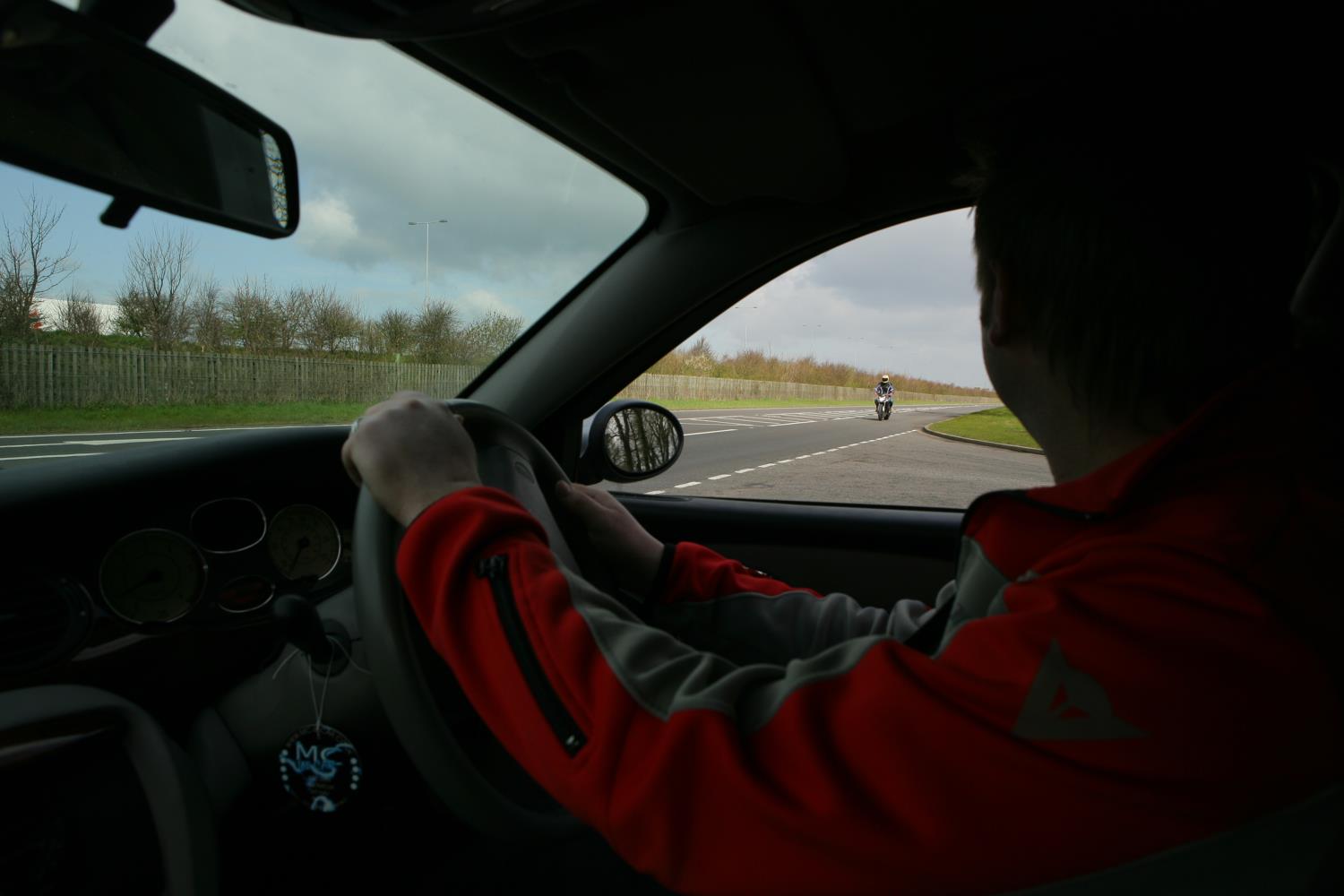Baraja’s New Lidar Makes use of Rainbow Physics to Assist Self-Using Automobiles See
Within the land of the self-driving automobile, the automobile with the most efficient lidar sensor is king. So is going the good judgment of the booming self-driving automobile business. To power safely, an self sustaining automobile wishes to look the sector round it, and one of the simplest ways to try this is with a machine that fires thousands and thousands of pulses of sunshine each 2nd, measuring how lengthy they take to dance off within sight items and development an in depth 3-d map.
Lidar, then again, is tricky. It’s a tender generation—the primary software designed particularly for using dates to 2005—and stays dear and unproven with regards to the car grade reliability the automobile business calls for. That’s why dozens of lidar makers have emerged lately, every claiming they’ve were given the laser-flinging answer that gives the suitable stability of vary, solution, robustness—and price.
The most recent newcomer to illuminate the dance ground is Baraja, an Australian startup based by means of two former telecom staff. The important thing to their machine? Prisms. Prisms and fiber optic cables.
One of the most key demanding situations engineers face once they’re designing a lidar is the way to transfer the laser backward and forward, up and down, which is what it must do to absorb all its atmosphere. Velodyne, the oldest and largest participant out there, sticks as many as 128 lasers into its sensor and spins the entire thing round 64 occasions consistent with 2nd. Luminar, a rising startup, with a couple of oscillating, dime-sized mirrors. The argument in opposition to such setups is that shifting portions upload complexity, and that they’ll simplest deal with the trials of the street for see you later sooner than breaking down.
Baraja proposes a unique, robotically more effective strategy to direct its laser sight. When you had been paying consideration in science magnificence, you realize white mild going right into a prism comes out divided into the colours of the rainbow at the different facet. The order of that rainbow is in line with the wavelength of every colour. Pink (round 700 nanometers) sits above orange (round 600). Indigo (420 to 440 nanometers) is going above violet (round 400).
The Australian lidar corporate makes use of this phenomenon to its merit by means of taking pictures its unmarried laser thru what CEO Federico Collarte calls a prism-like subject material. He would not supply main points, however explains it is a type of lens that refracts infrared mild the way in which prisms do visual mild. Through making tiny changes to the wavelength of the infrared pulses it fires (they all round 1550 nanometers), it dictates the perspective at which they go out the glass—and the route they take into the sector. If it needs to center of attention its consideration on one little bit of the scene, it merely assists in keeping pumping out pulses of sunshine on the suitable wavelength.
Baraja’s co-founders, Collarte and CTO Cibby Pulikkaseril, borrowed the speculation from the telecoms business, the place they each labored till a couple of years in the past. There, one way known as wavelength department multiplexing lets in one optical fiber to hold a host of indicators, every on a special wavelength. Prisms are one device for combining and keeping apart the ones indicators. Collarte and Pulikkaseril noticed a rising want for dependable lidar within the nascent self-driving automobile business, and discovered the tech they had been already running on may well be caught at the roof of a automobile. In July of 2015, they introduced Baraja. Now, with the fourth iteration in their machine, they’re able to turn the sector what they’ve made.
Supply Through https://www.stressed out.com/tale/baraja-lidar-prism-self-driving-cars/


